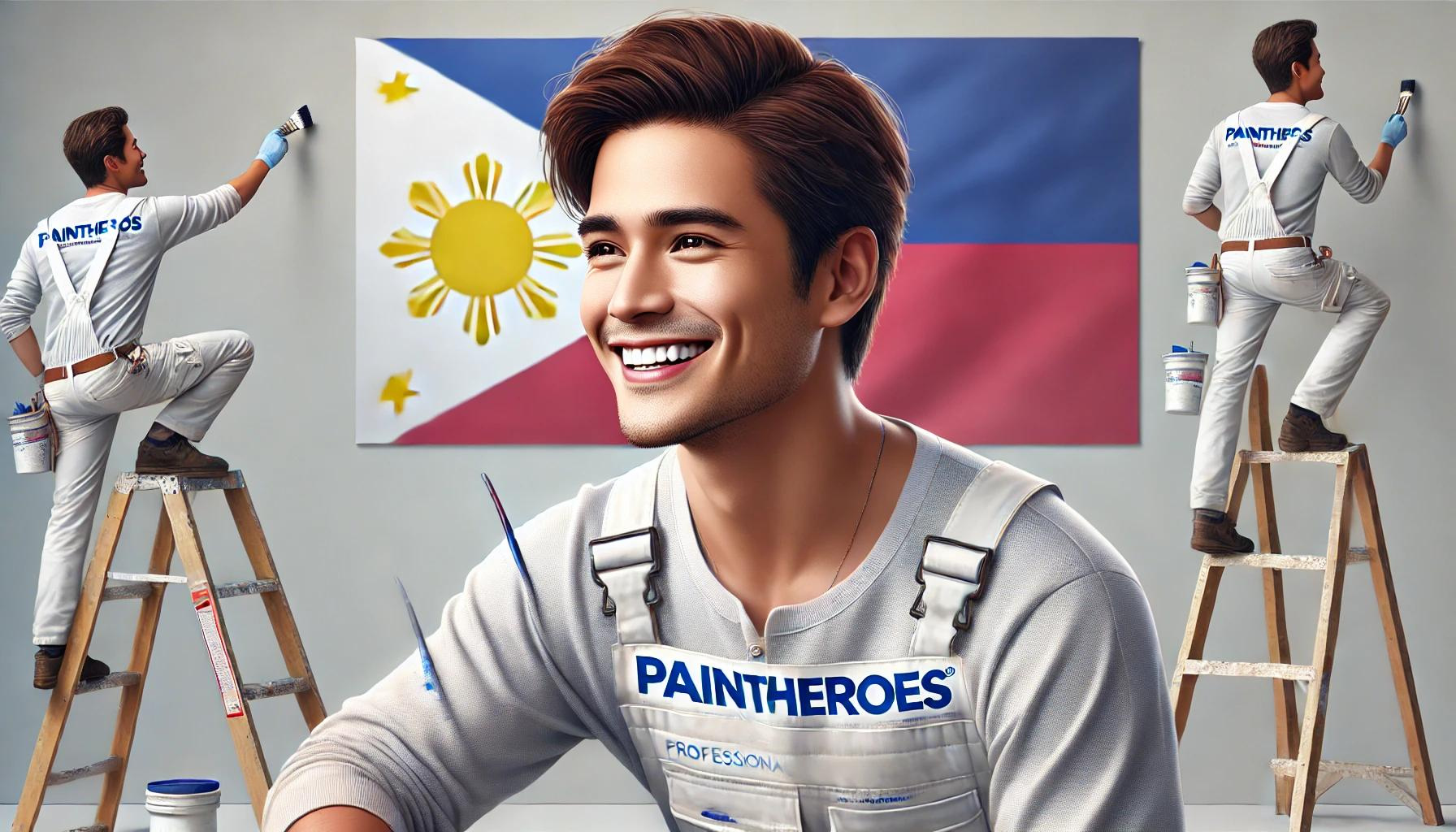Renaissance Painters Philippines
The Influence Of Renaissance Painters In The Philippines
Exploring The Legacy of Renaissance Painters in Filipino Culture
The Renaissance Art Movement and Its Impact
The Renaissance period, known for its profound cultural and artistic advancements in Europe, has left a significant mark on the Philippines, particularly through its painters. This influence is evident in the works of various Filipino artists who have embraced the techniques and themes of Renaissance art while infusing their unique perspectives.
One notable institution is the Renaissance Art Gallery, which recently celebrated its 20th anniversary with the exhibition RENAISSANCE XX. This event showcased the works of prominent Filipino artists such as Hermes Alegre, Melbourne Aquino, and Max Balatbat. The gallery aims to revive and promote modernism in Philippine art, inspired by the classical learning and wisdom of the Renaissance era. It serves as a platform for both established and emerging artists to explore and reinterpret traditional art forms in contemporary contexts.
Contemporary Artists Embracing Renaissance Styles
Filipino painter Joel Chavez exemplifies the modern interpretation of Renaissance influences. His works, which blend symbolic realism with contemporary elements, demonstrate a deep understanding of light and shadow reminiscent of masters like Caravaggio and Vermeer. Chavez’s art challenges viewers to reflect on the relationship between modern life and the ideals of the Renaissance, creating a dialogue between past and present.
Another significant figure is Danny Castillones Sillada, a multi-talented artist recognized for his contributions across various disciplines. Sillada embodies the spirit of a Renaissance man, combining visual arts with literature and philosophy. His diverse background enriches his artistic expressions, allowing him to explore themes that resonate with both historical and contemporary audiences.
The Future of Renaissance Art in the Philippines
As the Philippine art scene continues to evolve, the influence of Renaissance painters remains significant. Artists are increasingly drawing inspiration from this rich historical period, blending traditional techniques with modern narratives. The ongoing exhibitions and the emergence of new talents suggest a vibrant future for Renaissance-inspired art in the Philippines, ensuring that this legacy endures and adapts to the changing cultural landscape. Through the works of these artists and institutions, the essence of the Renaissance continues to inspire creativity and innovation in the Philippine art community.
The Intersection Of Renaissance Art And Filipino Culture In Contemporary Works
How Renaissance Painters Influences And Shape Filipino Artistic Expression
The Historical Context of Renaissance Art in the Philippines
The Renaissance, a period of cultural rebirth that began in the 14th century in Europe, has left an indelible mark on the world of art, and the Philippines is no exception. Although the country experienced colonization during the Renaissance, the artistic techniques and philosophies of this era found their way into Filipino culture. This melding of influences has created a unique artistic landscape where traditional Filipino themes are expressed through the lens of Renaissance aesthetics. The arrival of Spanish colonizers introduced European art forms to the archipelago, leading to the establishment of religious and secular art that reflected both local traditions and Renaissance ideals. Churches adorned with intricate paintings and sculptures showcased the techniques of perspective and realism that characterized the Renaissance, allowing Filipino artists to explore their creativity within a new framework.
Celebrated Filipino Artists Inspired by Renaissance Techniques
Among the artists who have embraced the Renaissance spirit is the renowned painter Juan Luna. His masterpiece, "Spoliarium," exemplifies the dramatic use of light and shadow, a hallmark of Renaissance art. Luna's ability to convey deep emotion through his subjects has made him a celebrated figure in Philippine art history. His works not only reflect the influence of European masters but also address social and political themes relevant to the Filipino experience. Another contemporary artist, Geraldine Javier, incorporates Renaissance techniques into her mixed media works. Javier’s art often explores themes of identity and memory, using chiaroscuro to create depth and evoke emotion. By blending traditional and modern elements, she pays homage to the Renaissance while addressing contemporary issues, making her work resonate with today's audiences.
The Ongoing Influence of Renaissance Art in the Philippines
The legacy of Renaissance art continues to thrive in the Philippines, inspiring a new generation of artists. Institutions like the Cultural Center of the Philippines regularly feature exhibitions that highlight the intersection of Renaissance techniques and Filipino culture. Workshops and art programs encourage young artists to explore these influences, fostering a creative environment where traditional art forms are reimagined. As the Philippine art scene evolves, the Renaissance spirit remains a guiding force, encouraging artists to innovate while honoring their rich heritage. The blend of historical influences and contemporary themes ensures that the essence of Renaissance art will continue to inspire and shape the future of Filipino artistry. Through this ongoing dialogue between past and present, the Philippines proudly carries forward the torch of Renaissance creativity.


